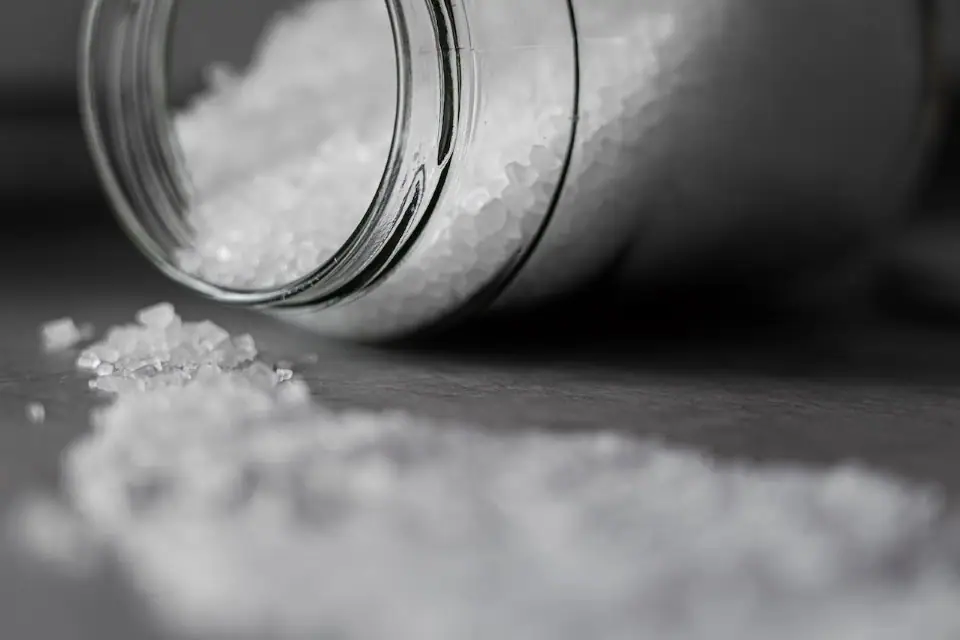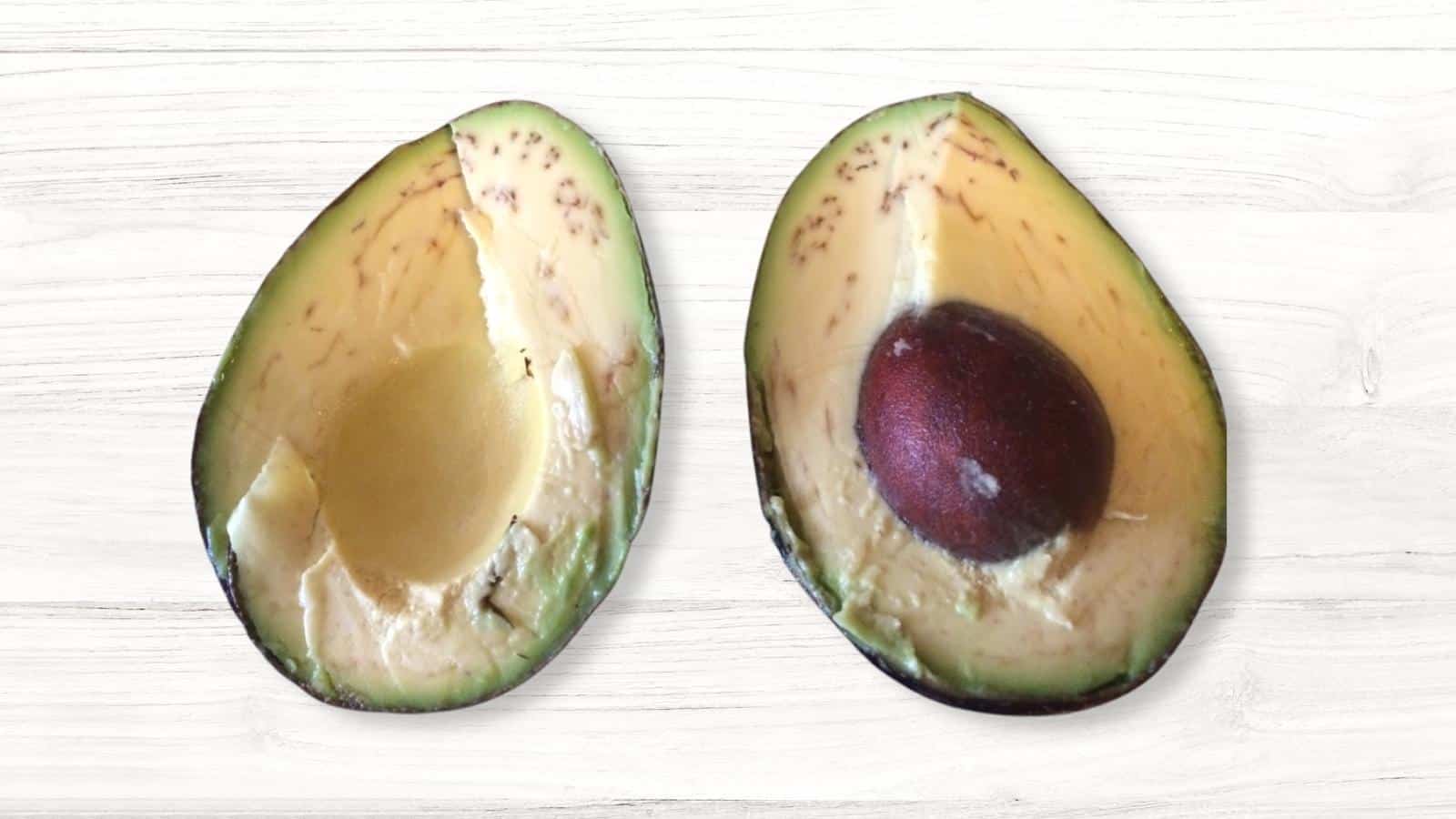Potassium is an essential mineral that helps regulate fluid balance, muscle contractions, and nerve signals in the body. While potassium is necessary for good health, having too much or too little potassium in the bloodstream can cause serious problems. Getting potassium through an IV allows for the rapid correction of low blood levels, but the infusion can sometimes be painful. Here’s an overview of why potassium IVs can hurt and what can be done to minimize discomfort.
The Role of Potassium in the Body
Potassium is found inside all cells and is vital for allowing muscles and nerves to work properly. The kidneys tightly regulate potassium levels in the blood to keep them within a narrow range. Low potassium, a condition called hypokalemia, can cause muscle cramps, constipation, and abnormal heart rhythms. High potassium, known as hyperkalemia, can also impact the heart and potentially lead to dangerous arrhythmias.
Why Potassium Levels May Need Rapid Correction
There are a few key reasons why potassium might need to be given through an IV to quickly raise blood levels:
– Severe hypokalemia or critically low blood potassium levels
– Patients who are unable to take potassium supplements by mouth
– Situations where dangerous heart arrhythmias have occurred due to hypokalemia
Rapidly raising potassium levels requires the concentrated amount of potassium found in IV solutions. This allows for precise control and dosing.

What Makes the IV Infusion Painful
While potassium is necessary for good health, it can be irritating to the body when given in concentrated amounts through the IV route. There are a few factors that contribute to the pain and discomfort:
Local irritation of the vein – The high concentration of potassium in the IV solution can irritate the vein itself as it flows through. This provokes inflammation and discomfort.
Arterial stimulation – Potassium can stimulate sensory nerves that run alongside the arteries, provoking a burning or aching pain.
Inflammation of surrounding tissue – Leakage of potassium into the tissue around the IV site can cause swelling, redness, and pain. This is a sign of irritation of the tissue.

Tips to Minimize Potassium IV Discomfort
While some degree of pain or discomfort is common when getting concentrated potassium through an IV, there are a few ways to help reduce irritation:
Slow infusion rate – Giving the potassium gradually over 1-2 hours allows it to be diluted in a larger volume of fluid and minimizes vein irritation.
Large bore IV – Using a larger IV catheter size allows more rapid flow and less pressure within the vein.
Central line – In some cases, potassium is given through a larger IV line placed in a major vein near the heart. This bypasses smaller peripheral veins.
Warming the solution – Warming bags of IV fluid can help reduce irritation.
Local anesthetic – Applying a numbing cream anesthetic at the IV site 30-60 minutes before infusion.
Distraction – Listening to music, meditation, and other distraction techniques may reduce focus on the discomfort.
While potassium IVs can be quite painful, it’s important to finish the prescribed dose to correct any dangerously low levels. Notifying your doctor promptly about significant pain can allow adjustments to be made to maximize your comfort during the infusion. Staying well hydrated after the IV helps flush the potassium through the body and minimize lingering irritation as well.













